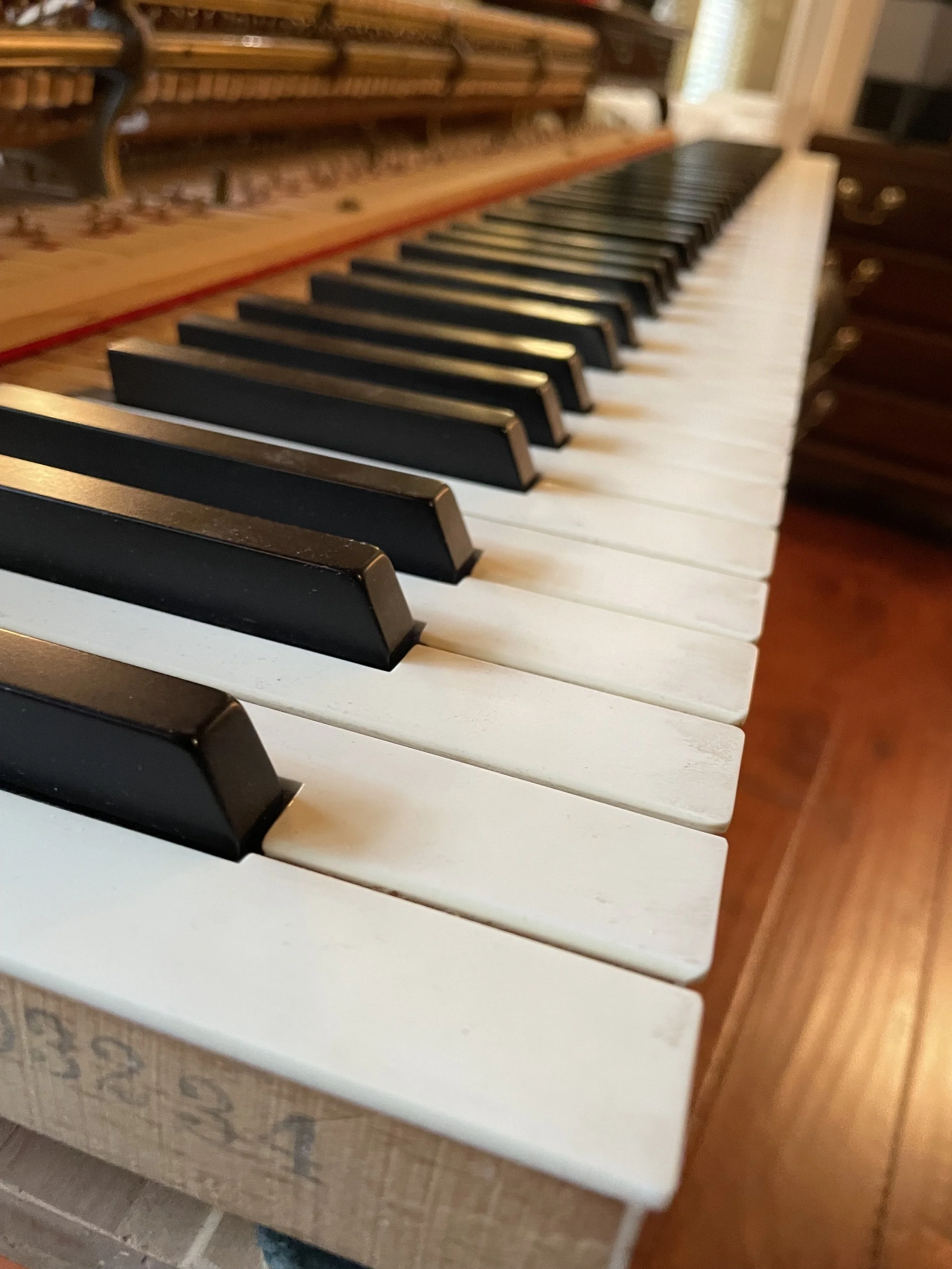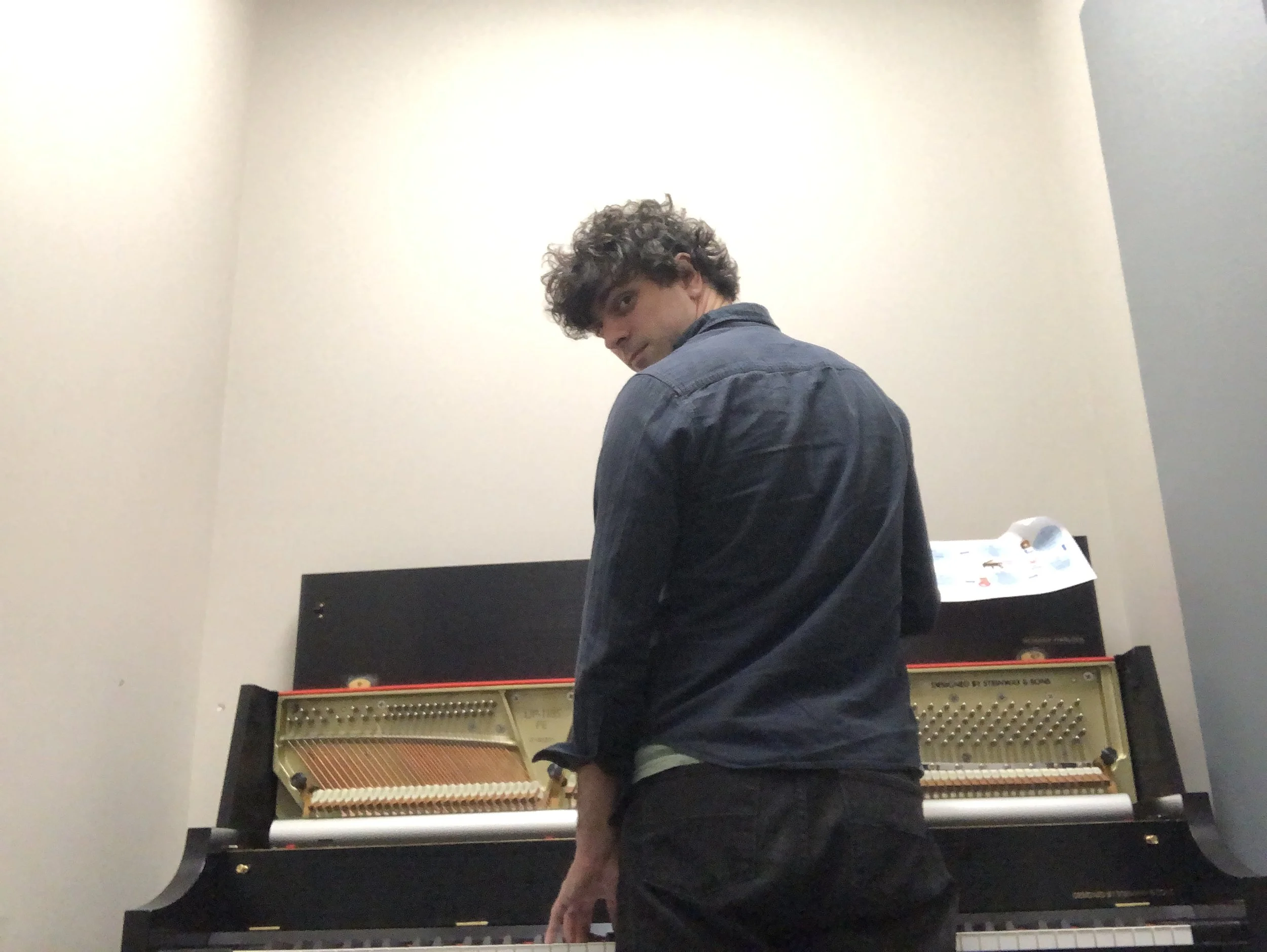My name’s Jonathan Valentine and I’m originally from New York. I’ve tuned in many parts of the U.S and abroad in places including China, Japan, New Zealand and Europe. But my favorite place I’ve lived is here in New Orleans. I’m happy to finally be back to make my home here and help support the vibrant music community.
I was trained at North bennet street school in Boston and have been working as a Piano technician for over 10 years since then. I was a member of the PTG (piano technicians guild) for nearly all those years. These past years I have been closely tied to Steinway as I was overseeing their showroom in Houston as well as helping to tune the stage pianos for the Houston symphony while I was there. I have a great deal of experience regulating, voicing and tuning to the highest standard. I enjoy balancing concert work with private in home tunings, always striving to see how beautiful I can get a piano to feel and sound no matter where I am.
Training
North Benet Street School
Steinway Factory Training
SUNY Cortland B.A - Philosophy
Experience
Steinway, Yamaha, Kawai showrooms
JazzFest
French quarter fest
Essence Fest
LSU
Houston Symphony
Understanding Your Instrument
Tuning
Pianos need regular tuning to stay at the pitch they are designed for (Usually A-440) They go out of tune mainly because the soundboard is made out of wood which swells and contracts based on the humidity and weather. In general it’s best to tune a piano once or twice a year. The more often it is tuned the more consistently good it will sound. Most people do once a year.
Voicing
Felt hammers strike steel strings to generate the piano’s sound. Voicing involves softening or hardening those hammers which can subtly or drastically change the tone of a piano. Most often pianos get very bright over time as the hammers harden from play. FIiling and Voicing will allow piano technicians to make a piano sound less harsh and bright. If you aren’t happy with the tone of the piano beyond tuning, voicing can often help.
Regulation
The mechanism inside the piano is complex and made of wood and felt. The parts get worn and can be effected by climate conditions. Regulation is the maintenance of these parts, making sure every parameter is how it should be and even between the notes. This translates to how the piano physically feels to play and even effects how much control over the dynamics you have. A piano with regulation a bit out can make a pianist feel like they are fighting the piano while a well regulated can be effortless and encourage artistic expression. Full regulation can be done less frequently though, like every 5-10 years

